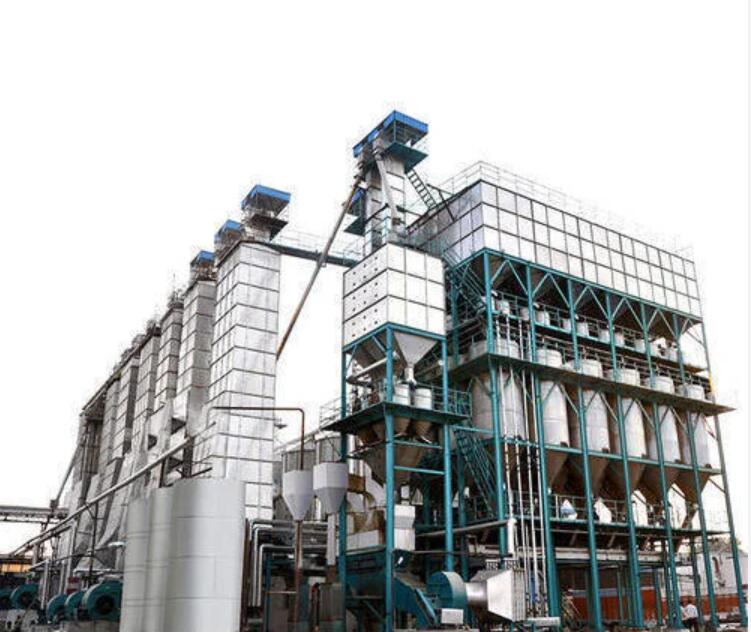Views: 25 Author: Site Editor Publish Time: 2023-08-23 Origin: Site

A paddy dryer is a machine used in rice processing to reduce the moisture content of freshly harvested paddy rice. Properly drying paddy is essential to prevent the growth of mold, fungi, and other microorganisms that can damage the rice during storage. The primary purpose of a paddy dryer is to bring the moisture content of paddy down to a level suitable for safe storage.
Here are the key features and considerations related to paddy dryers:
Drying Process: Paddy dryers typically use heated air to reduce the moisture content of the grains. The moisture-laden air is expelled from the drying chamber, and fresh air is introduced to continue the drying process.
Types of Paddy Dryers:
Batch Dryers: These dryers process a fixed quantity of paddy at a time. They are suitable for small-scale operations and offer good control over the drying process.
Continuous Flow Dryers: These dryers can handle a continuous stream of paddy, making them more efficient for larger-scale operations. They are commonly used in commercial rice mills.
Heating Methods:
Direct Heat Dryers: In these dryers, the air is heated directly before it comes into contact with the paddy. This method is efficient but requires careful control to avoid scorching the rice.
Indirect Heat Dryers: Indirect dryers heat the air using an external heat source, ensuring gentler drying conditions. This method is suitable for more delicate rice varieties.
Airflow and Temperature Control: Proper airflow and temperature control are crucial for effective and efficient drying. Maintaining the right balance between these factors helps prevent over-drying or under-drying of the rice.
Uniform Drying: Ensuring uniform drying throughout the batch is important to achieve consistent rice quality. Some dryers use stirring mechanisms to distribute the grains and air evenly.
Monitoring and Control: Modern paddy dryers often come equipped with sensors and controls that monitor temperature, humidity, and other factors. This automation helps maintain optimal drying conditions and prevent over-drying.
Energy Efficiency: Energy efficiency is a critical factor in paddy drying, as it impacts operating costs. Consider dryers with energy-efficient designs and heating systems.
Drying Time: The drying time varies depending on factors such as initial moisture content, drying method, and equipment capacity. Proper monitoring is necessary to avoid over-drying.
Maintenance and Cleaning: Regular maintenance is important to keep the dryer operating smoothly. Cleaning the dryer between batches is crucial to prevent contamination and maintain rice quality.
Safety Precautions: Paddy dryers involve heat sources, so safety precautions should be followed to prevent accidents. This includes proper ventilation, fire detection and suppression systems, and adherence to safety guidelines.
Size and Capacity: Choose a paddy dryer that suits your processing needs. The size and capacity should match the volume of paddy you intend to dry.
Paddy dryers play a critical role in ensuring the quality and longevity of rice products. If you're planning to use a paddy dryer, it's recommended to consult experts in rice processing and drying technology to select the appropriate type and model for your operation.